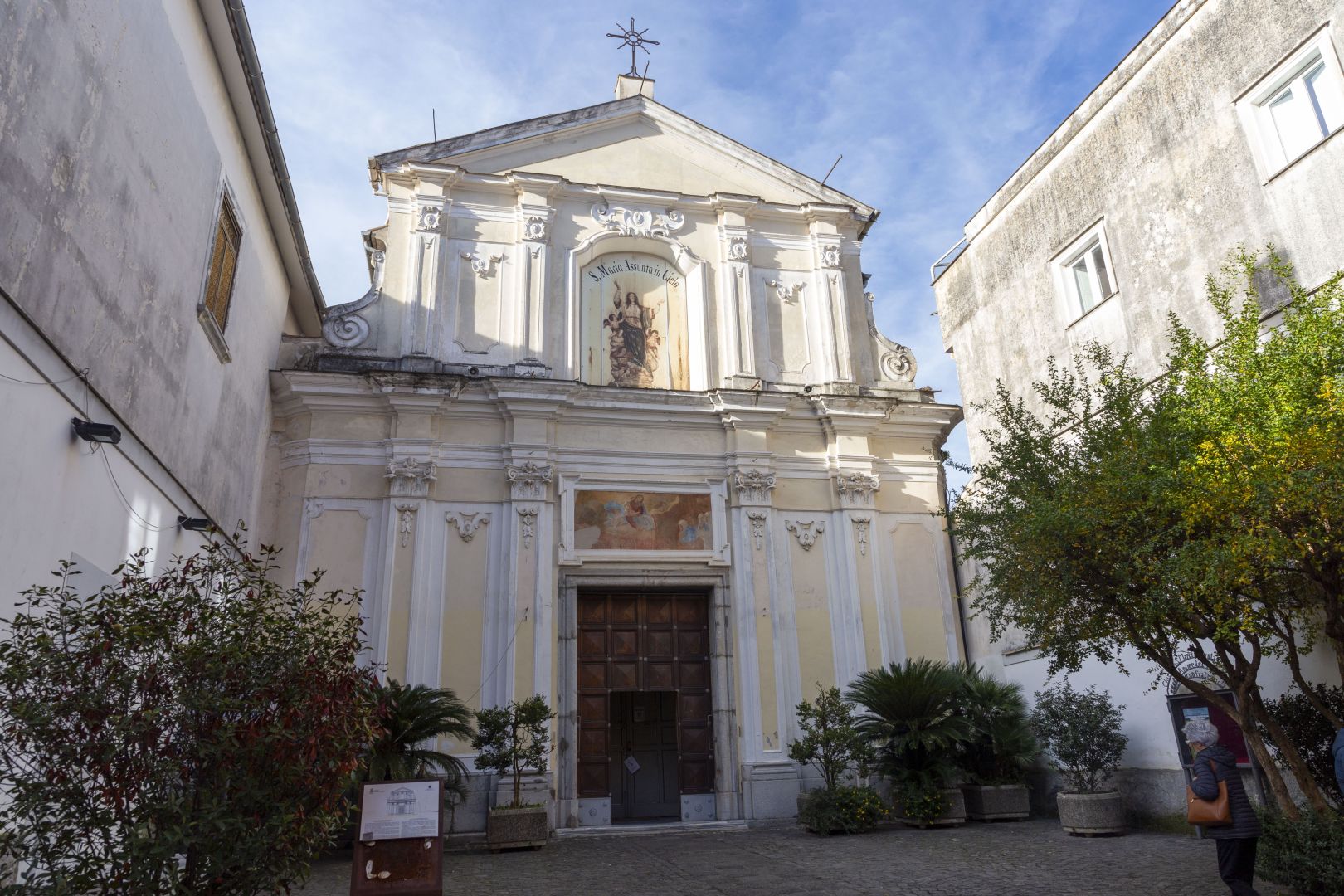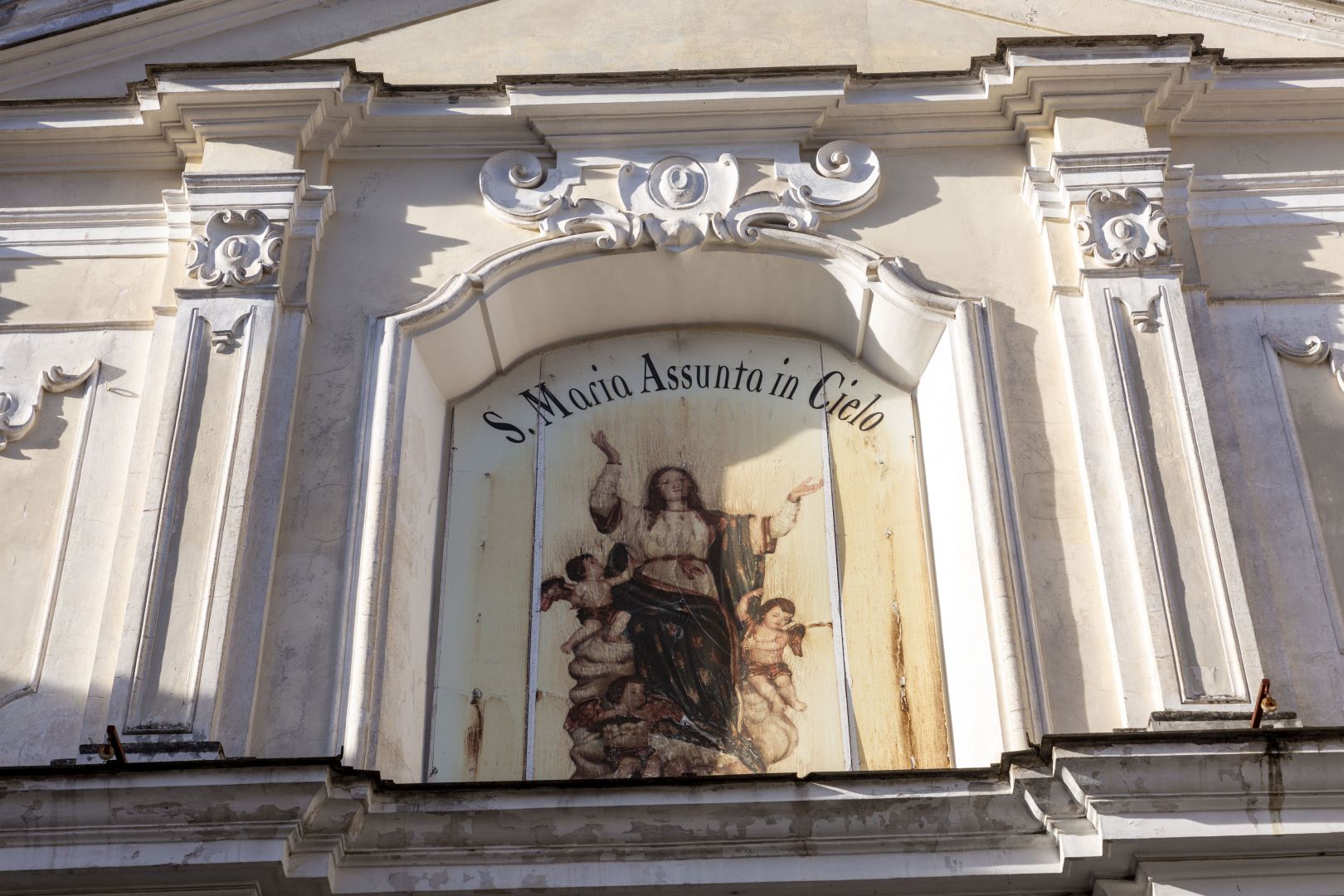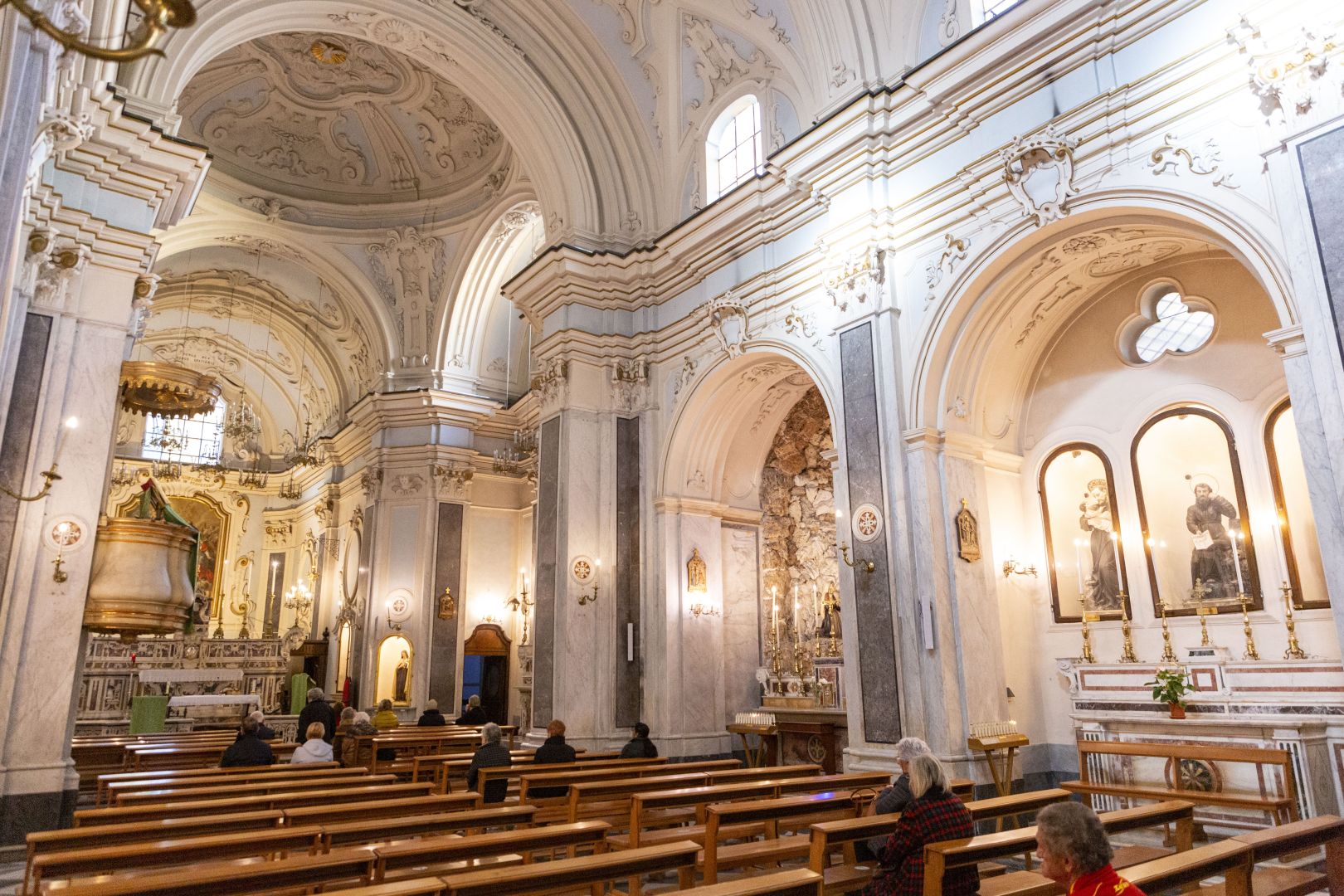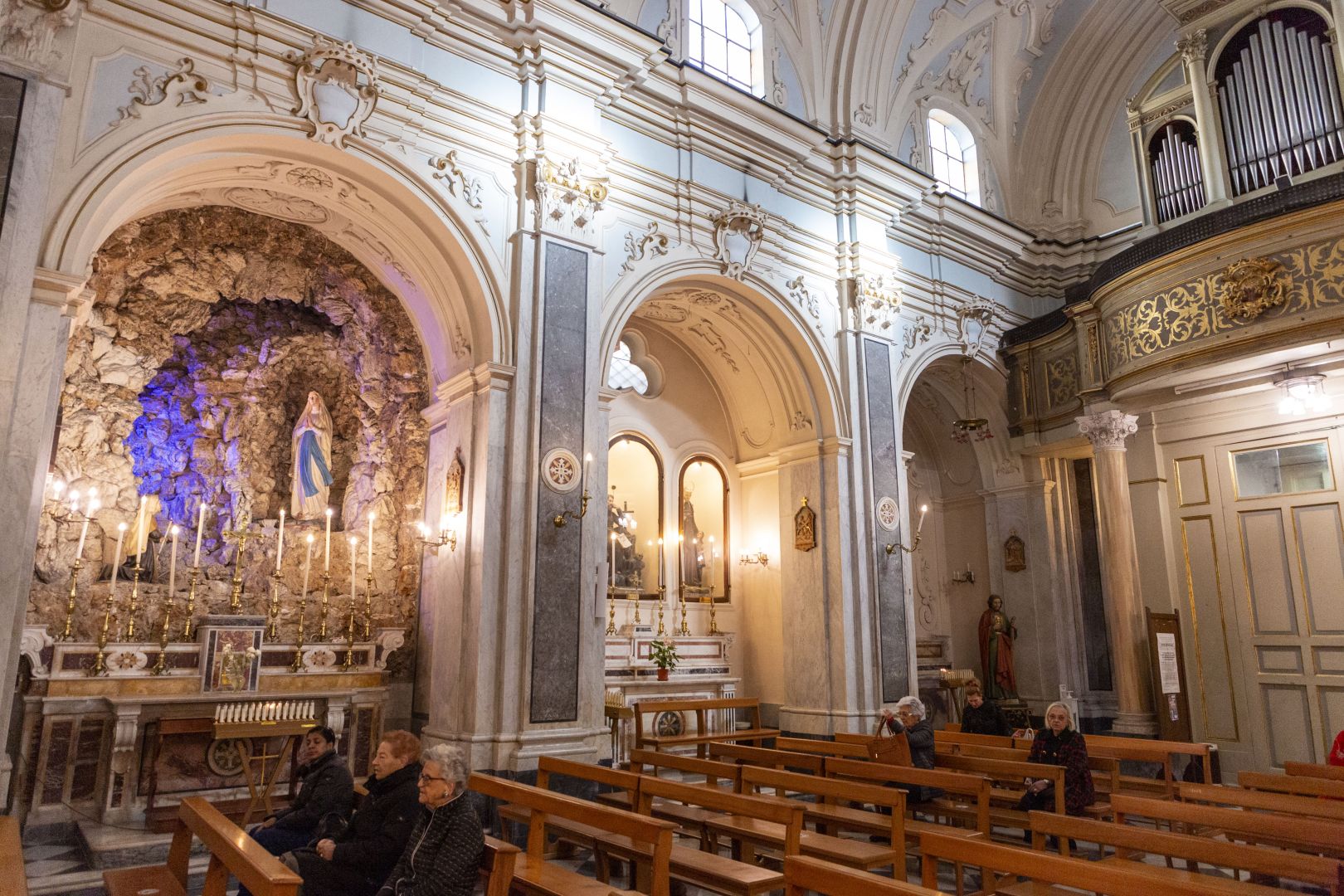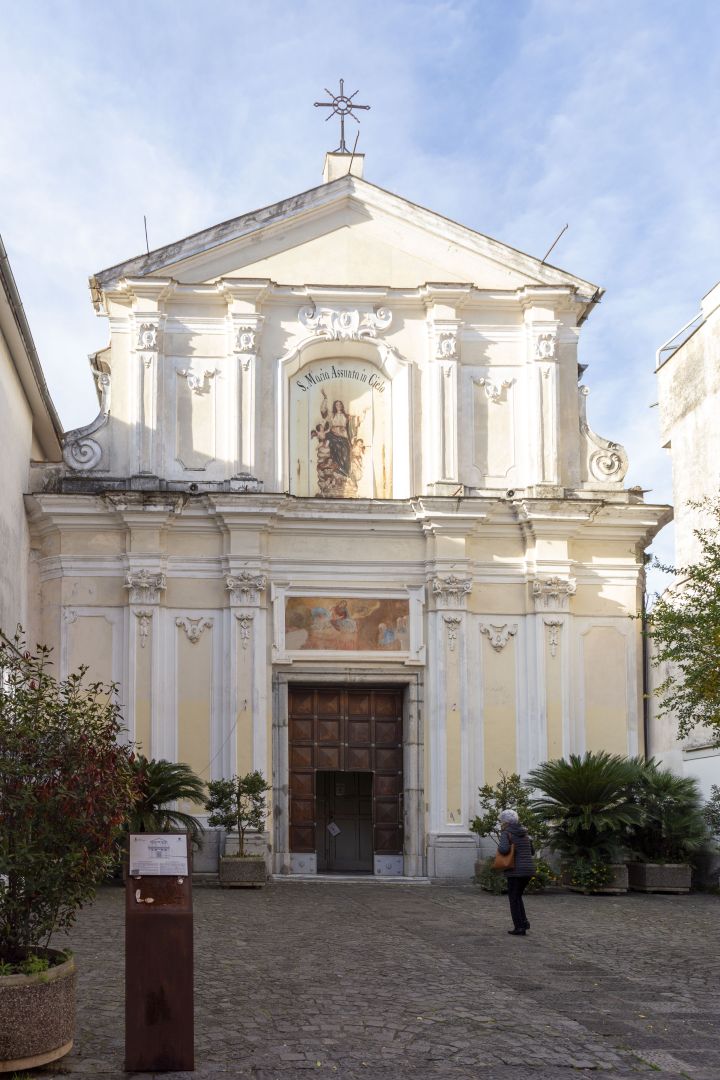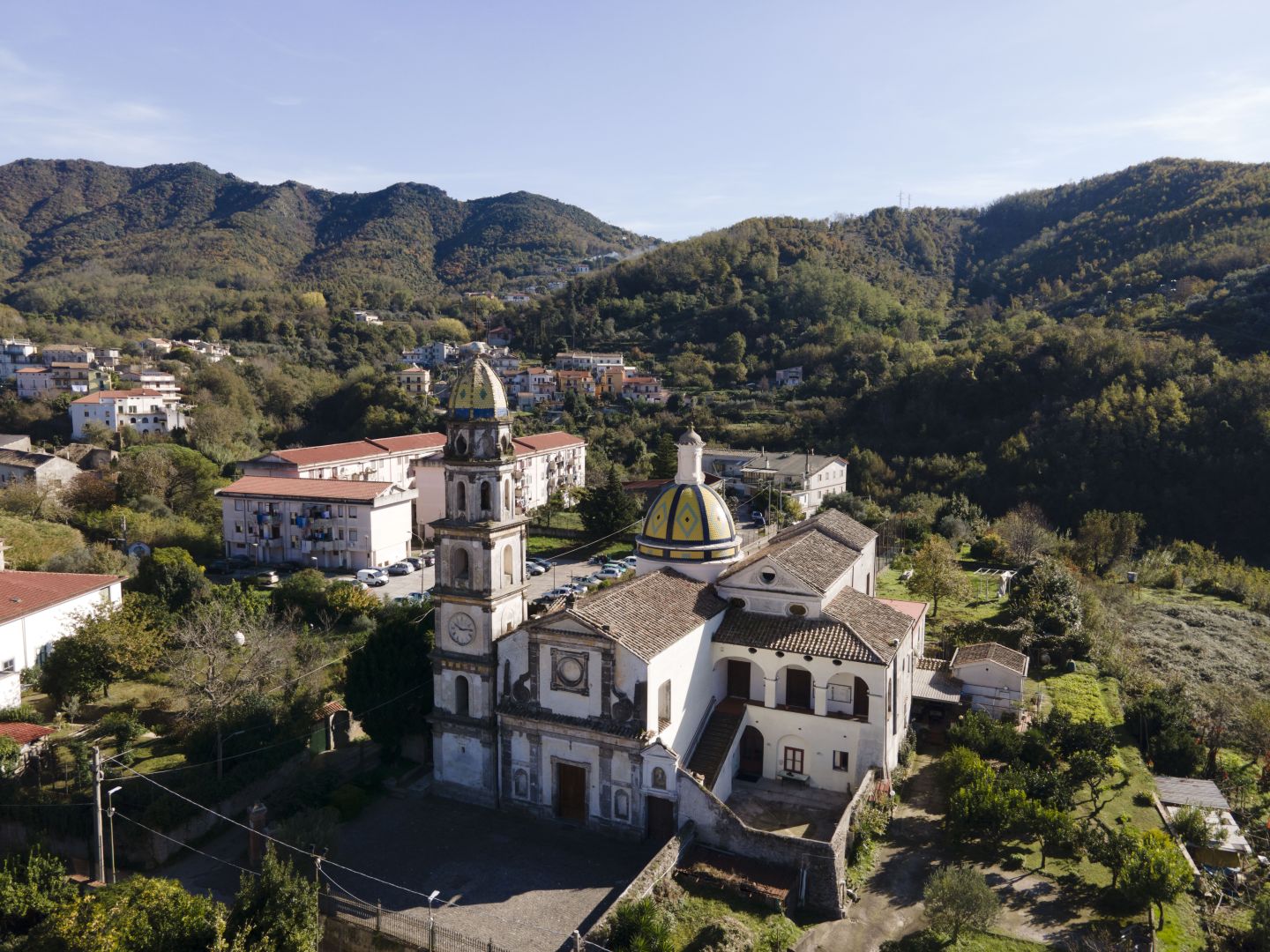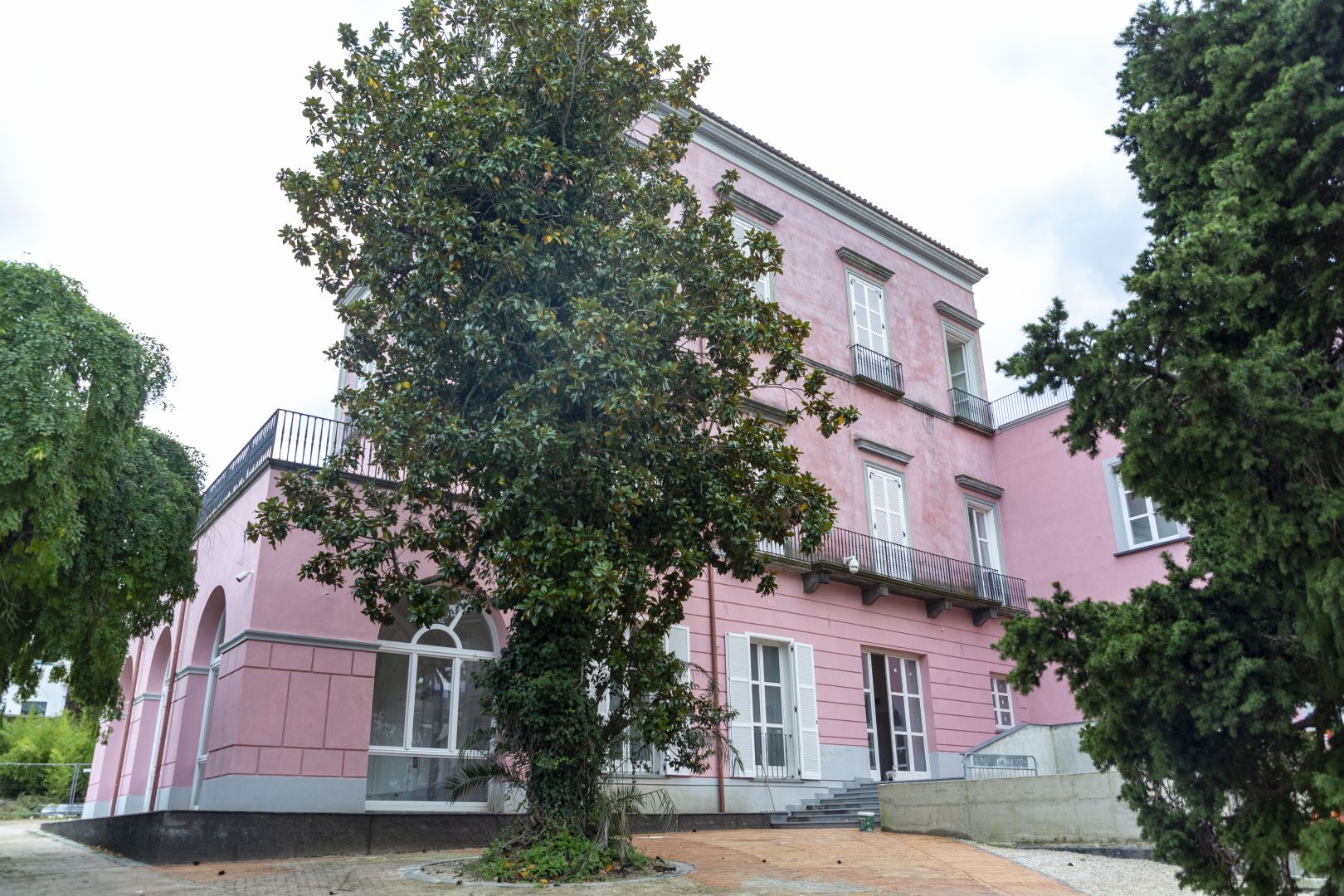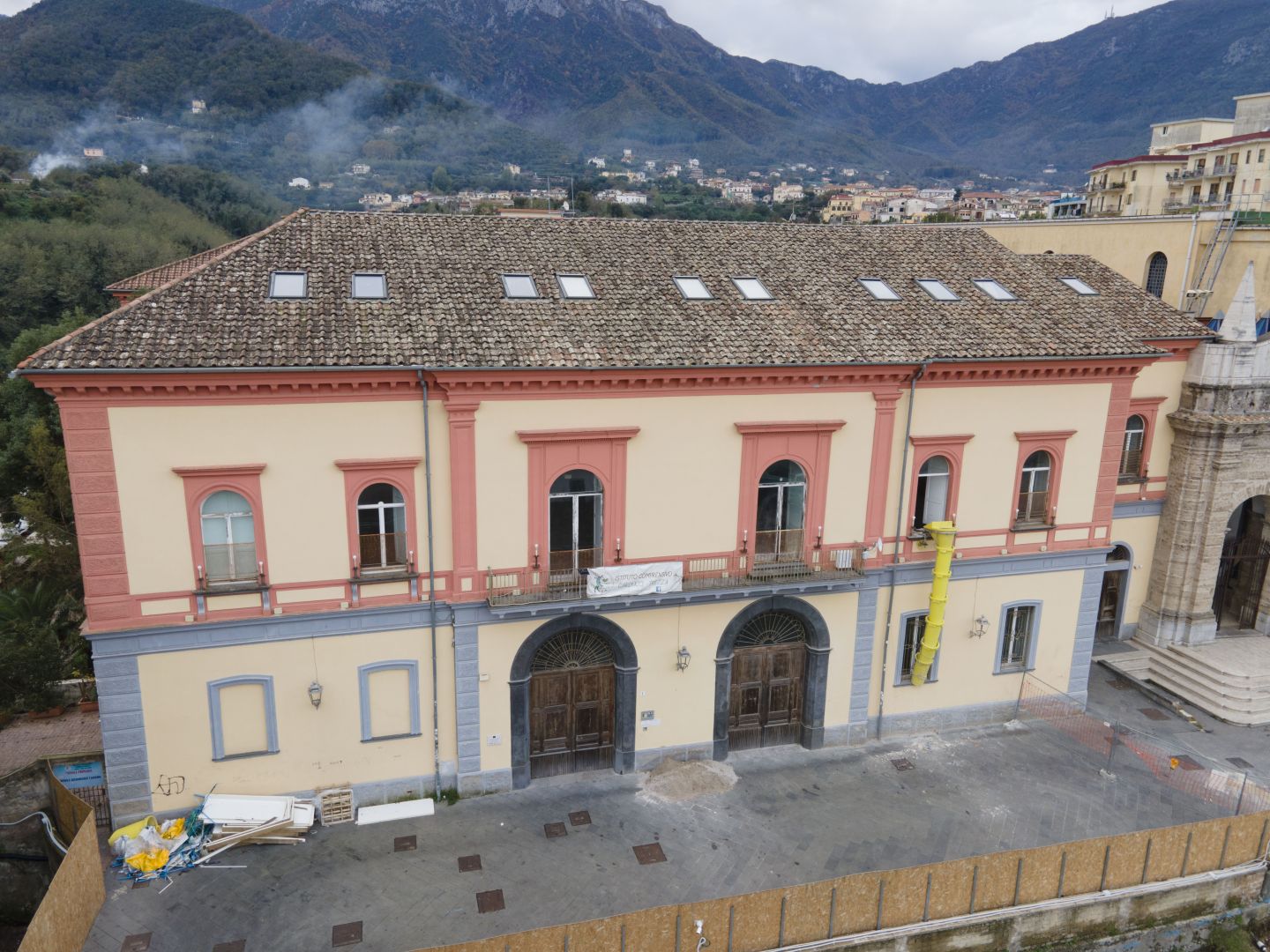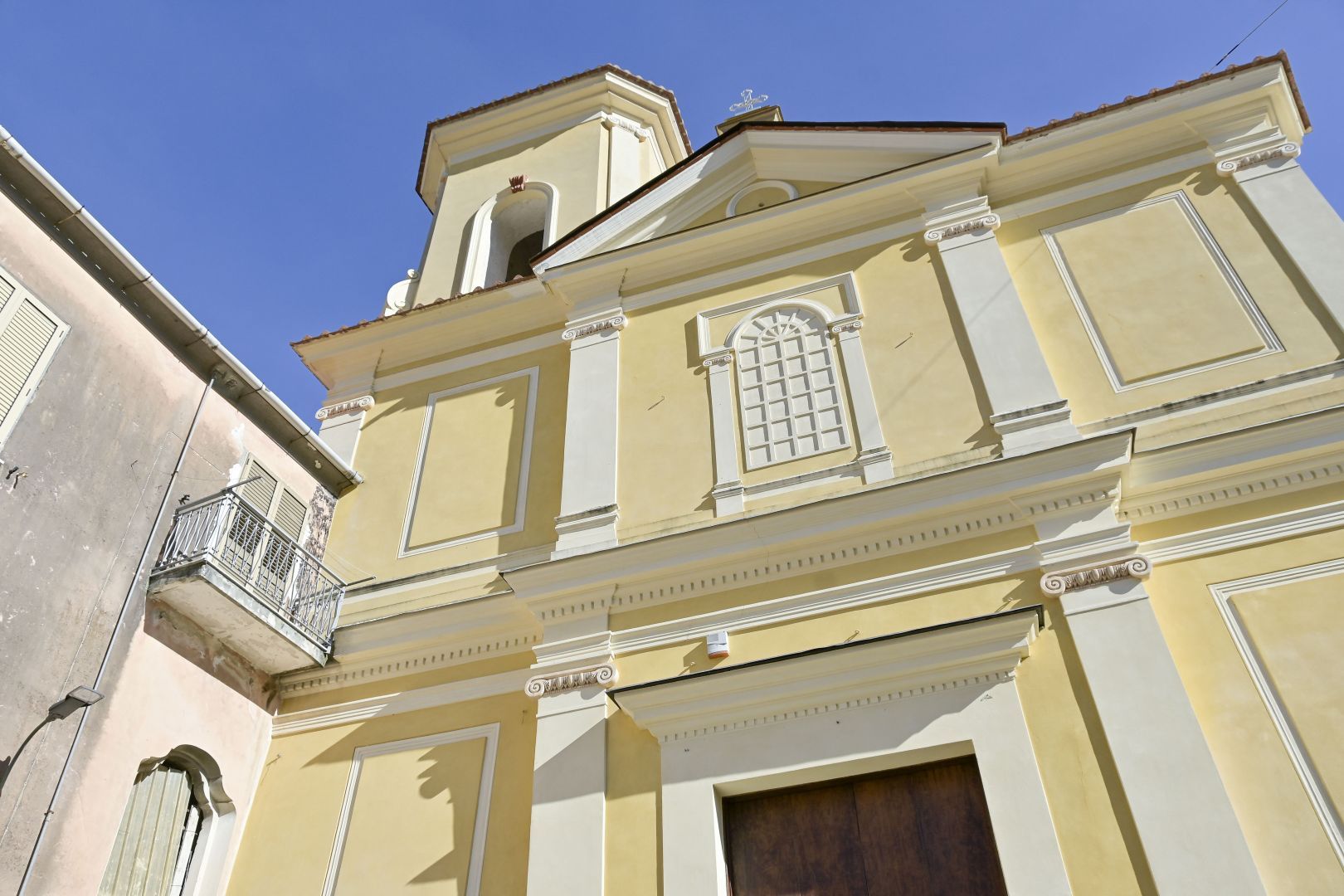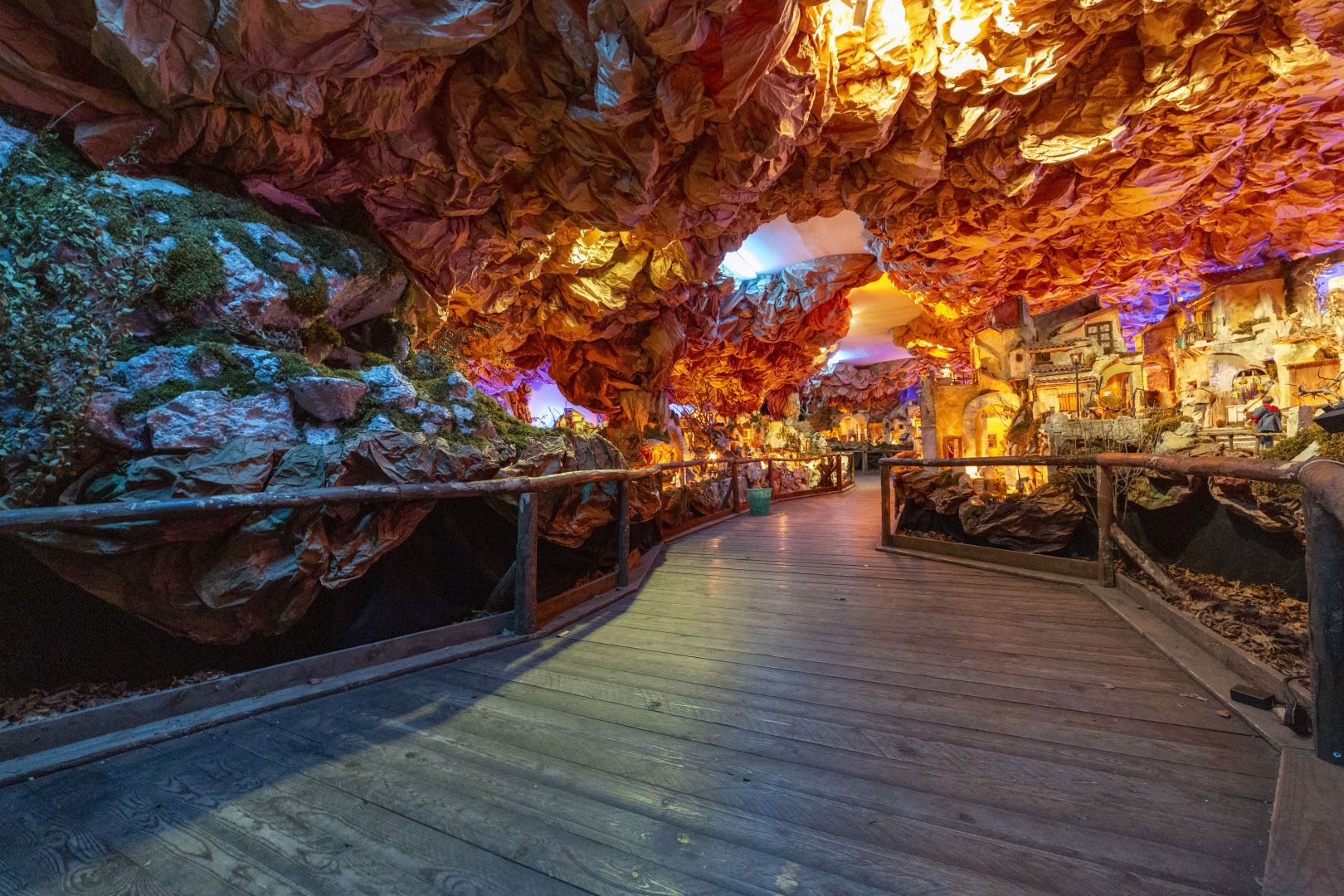Utilizziamo i cookies per offrirti la migliore esperienza sul nostro sito. Continuando a navigare, accetti l'utilizzo dei cookies.
Archconfraternity of S. Maria Assunta into heaven and Souls of Purgatory
- Arciconfraternite
- Chiesa di Maria Assunta in Cielo, Via Canonico Aniello Avallone, Pianesi, Casa Davide, Cava de' Tirreni, Salerno, Campania, 84013, Italia
The “Archconfraternity of Santa Maria Assunta in Cielo and delle Anime del Purgatorio” was founded in 1616 by the artisans, mostly weavers, of the Borgo Grande; initially known as the "Congregation of Artists", towards the end of the 17th century it absorbed the "Congregation of Merchants", thus reaching a considerable number of brothers. The construction of the Church began in 1752 and will end, with the consecration of the sacred building, on 2 November 1755.
Description
The Congrega del Purgatorio al Borgo, located in Corso Umberto, was founded by Father Ignazio de Juliis, a Jesuit, under the title of the Nativity of the Holy Mary. Initially made up of artisans, the brotherhood was known as the "Congregation of Artists". His goal was the improvement of moral and religious life through frequenting the sacraments and catechism. In the 17th century, not having its own chapel, it obtained the use of the Chapel of the Crucifix in the Duomo.
Over time, with the increase in alms, it was decided to build a church dedicated to masses in repose of deceased souls, giving rise to the Church of Purgatory and the congregation of Santa Maria Assunta in Cielo and of the Souls of Purgatory. The rule of the congregation was approved by King Charles III in 1762, and in 1910 Pius X elevated it to an archconfraternity.
The church has a single nave plan with six side chapels, illuminated by lunettes which give brightness to the building. The transept, mentioned, is surmounted by a dome with a lowered cap, while the apse, two bays deep, is covered by a vault and illuminated by a large window. The interior is richly decorated in late Baroque style, with stuccos, frames, putti and friezes of various sizes. An impost cornice, the dominant element, envelops the entire structure in a decorative continuum, contributing to the artistic and historical character of the Church of Purgatory in the Borgo.
Reviews
Login to write a reviewThere are no reviews yet
